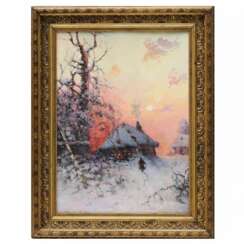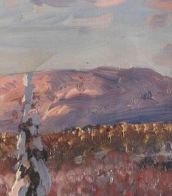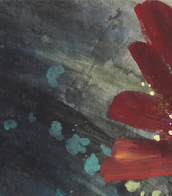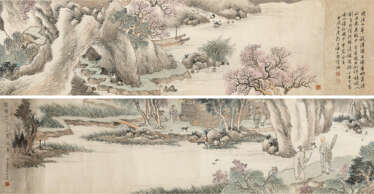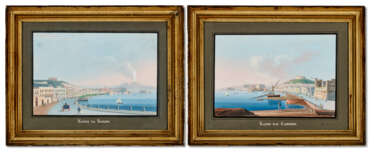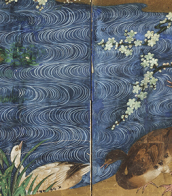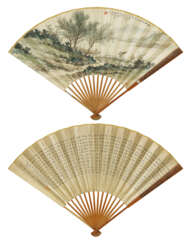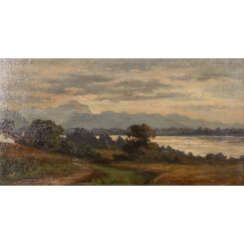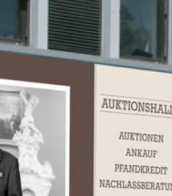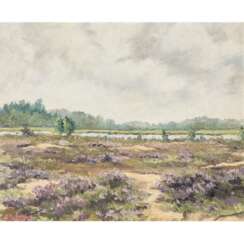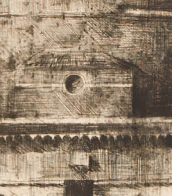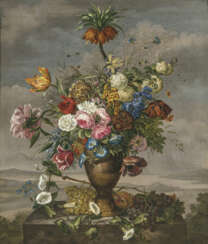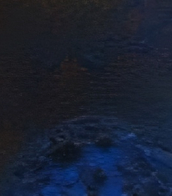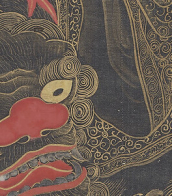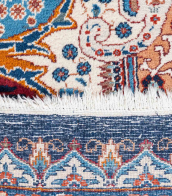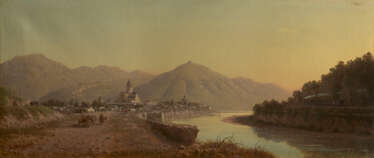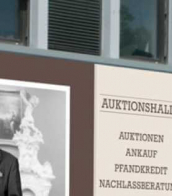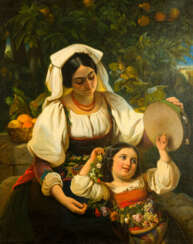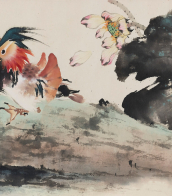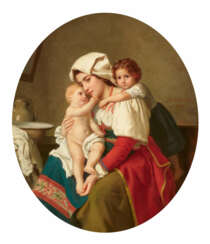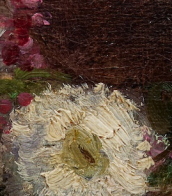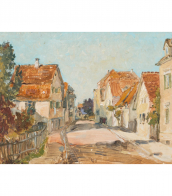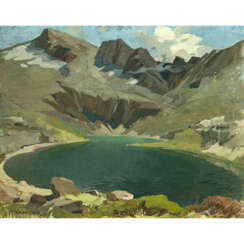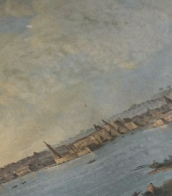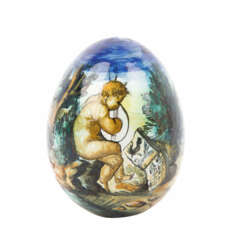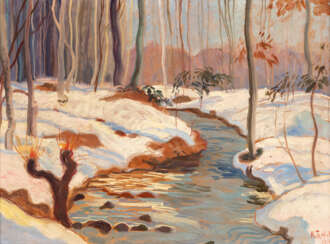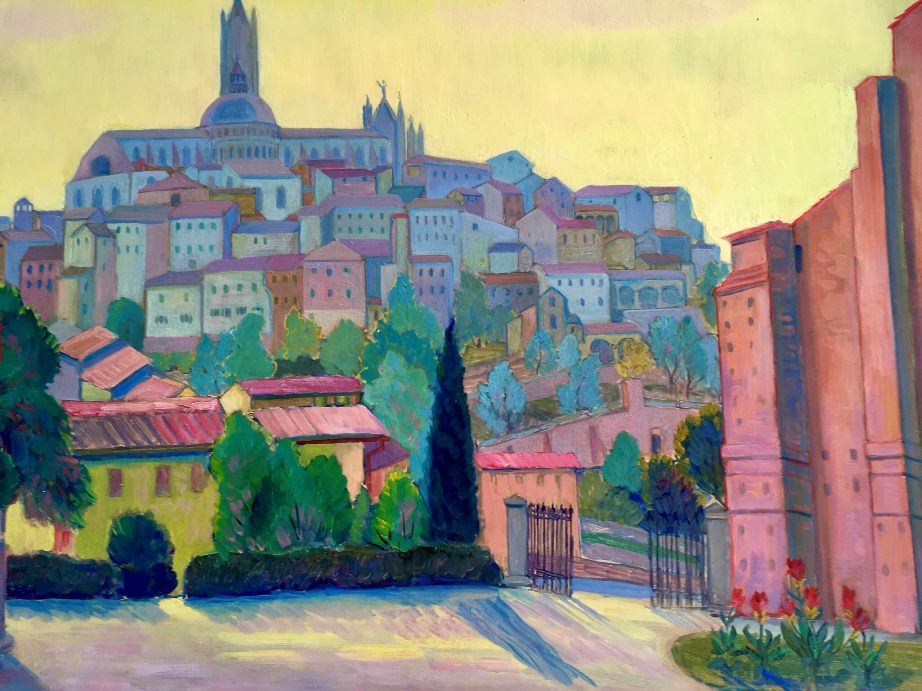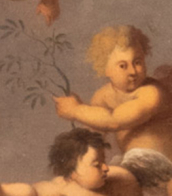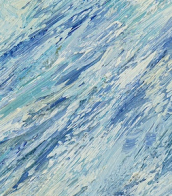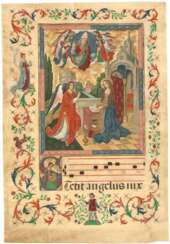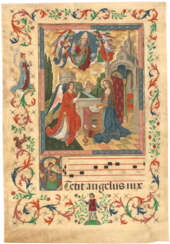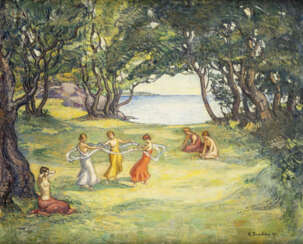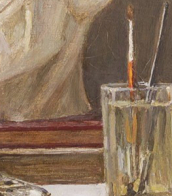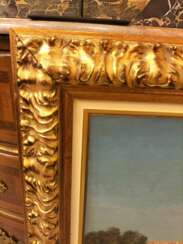324 Items by auctions and galleries:
landscape paintings of the 19th/20th century
Lot 186 Russian landscape WINTER EVENING IN A VILLAGE. School of Julius Klever. The turn of the 19th-20th centuries. Русский пейзаж ЗИМНИЙ ВЕЧЕР В ДЕРЕВНЕ, школы Юлия Клевера . Рубеж 19-20 веков.
Fine and Applied Art Auction № 9 - Part I 

Antiqon
Fine and Applied Art Auction № 9 - Part I
Date: 18.05.2024 12:00 UTC +02:00
Number of lots in the catalog: 300
Lot 1004 YUAN SONGNIAN (1895-1966) / SHEN YOUREN (19TH-20TH CENTURY)
Yuan Songnian (1895-1966)
Shen Youren (? - ?) 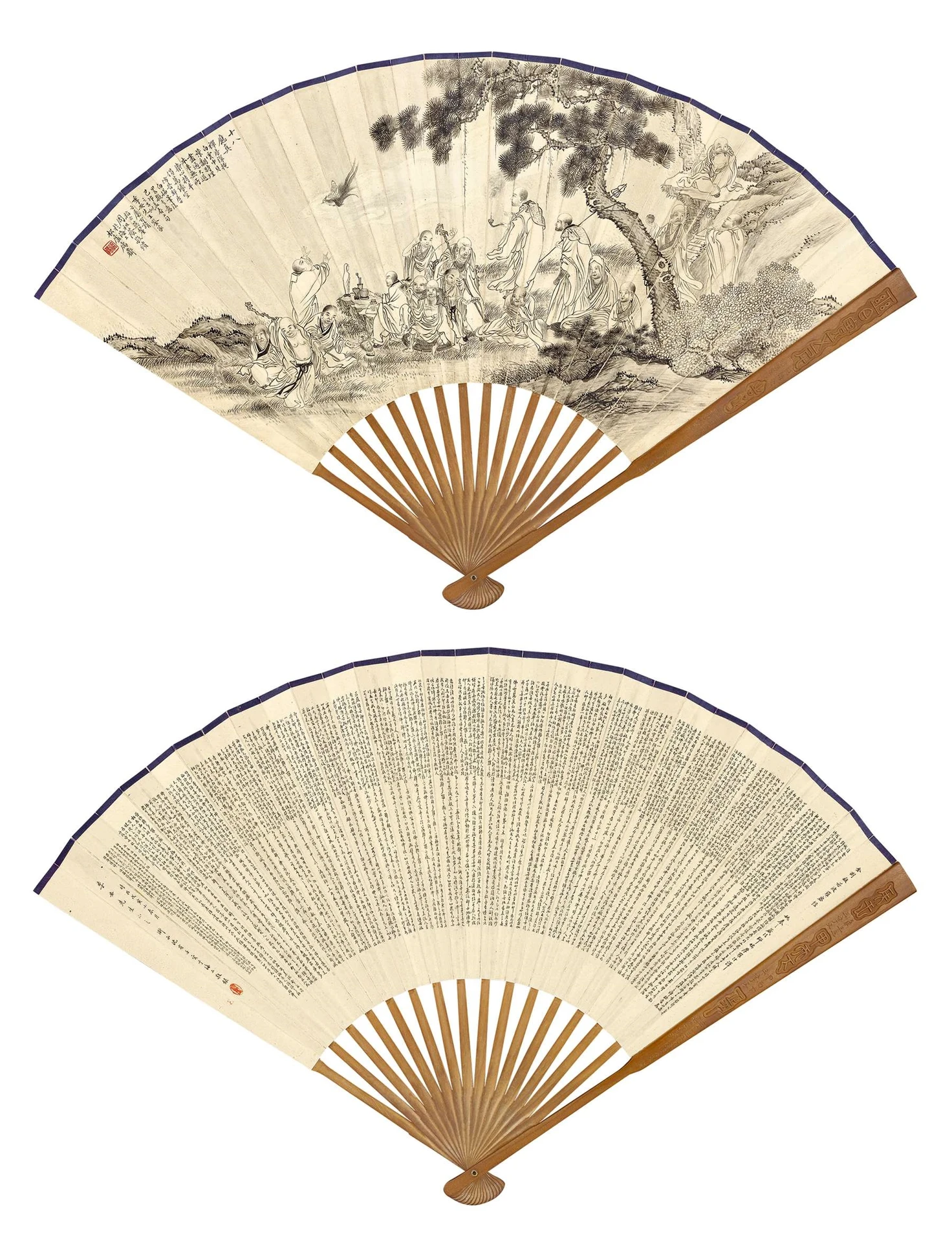 Fine Chinese Modern and Contemporary Ink Paintings
Fine Chinese Modern and Contemporary Ink Paintings 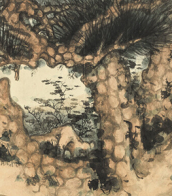

Shen Youren

CHRISTIE'S
Fine Chinese Modern and Contemporary Ink Paintings
Date: 01.12.2023 14:30 UTC +08:00
Number of lots in the catalog: 219
Lot 23 Johann Grund (1808 Wien - 1887 Baden-Baden)
Johann Grund (1808 - 1887)  Moderne & Zeitgenössische Kunst
Moderne & Zeitgenössische Kunst 

Johann Grund
19.05.1808 - 04.08.1887
Austria, Germany
Carl Johann Grund was a German and Austrian genre painter and portraitist.
He studied at the Academy of Fine Arts in Vienna and traveled throughout the Alpine countries and Italy. Johann Grund's works are in the collections of the museums of Karlsruhe, Mannheim, and Vienna.

WETTMANN | Auktionshaus an der Ruhr
Moderne & Zeitgenössische Kunst
Date: 27.05.2023 14:00 UTC +01:00
Number of lots in the catalog: 128
